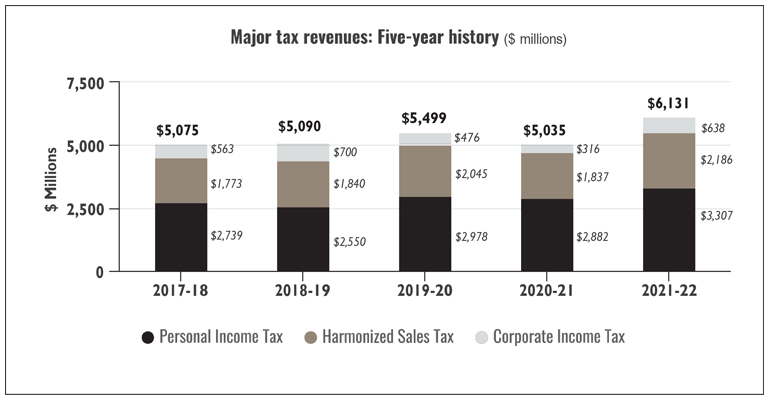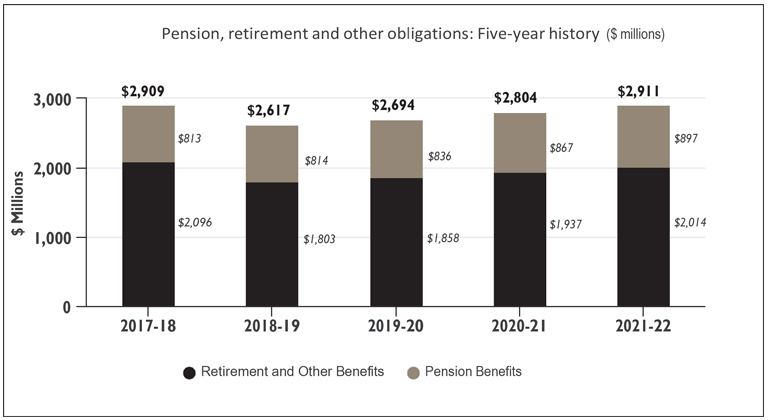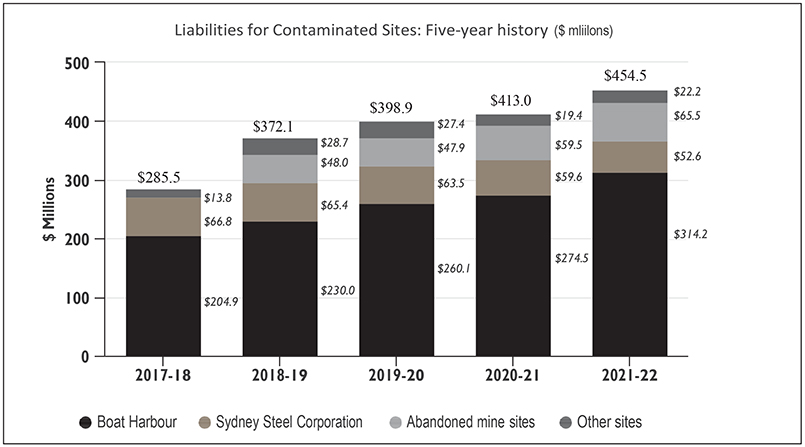Public Accounts Volume 1 — Consolidated Financial Statements
Schedule 10
Province of Nova Scotia
Government Reporting Entity (continued)
As at March 31, 2022
Governmental Units
(Consolidation Method)
Annapolis Valley Regional Centre for Education
Art Gallery of Nova Scotia
Arts Nova Scotia
Cape Breton-Victoria Regional Centre for Education
Check Inns Limited (inactive)
Chignecto Central Regional Centre for Education
Conseil scolaire acadien provincial
Creative Nova Scotia Leadership Council
Develop Nova Scotia
Halifax Regional Centre for Education
Housing Nova Scotia
Cape Breton Island Housing Authority
Cobequid Housing Authority
Eastern Mainland Housing Authority
Metropolitan Regional Housing Authority
Western Regional Housing Authority
Invest Nova Scotia Board
Izaak Walton Killam Health Centre
Nova Scotia Arts Council (inactive)
Nova Scotia Boxing Authority
Nova Scotia Business Inc.
Nova Scotia Community College
Nova Scotia Community College Foundation
Nova Scotia Crop and Livestock Insurance Commission
Nova Scotia Education Common Services Bureau 1
Nova Scotia Farm Loan Board
Nova Scotia Fisheries and Aquaculture Loan Board
Nova Scotia Health Authority
Provincial Drug Distribution Program
Nova Scotia Innovation Corporation
1402998 Nova Scotia Limited
3087532 Nova Scotia Limited
Nova Scotia Lands Inc.
Nova Scotia Legal Aid Commission
Nova Scotia Municipal Finance Corporation
Nova Scotia Power Finance Corporation
Nova Scotia Primary Forest Products Marketing Board
Nova Scotia School Insurance Exchange 2
Nova Scotia School Insurance Program Association 2
Nova Scotia Strategic Opportunities Fund Inc.
Nova Scotia Utility and Review Board
Perennia Food & Agriculture Incorporated
Public Archives of Nova Scotia
Resource Recovery Fund Board Inc.
Schooner Bluenose Foundation
Sherbrooke Restoration Commission
South Shore Regional Centre for Education
Strait Regional Centre for Education
Sydney Environmental Resources Limited (inactive)
Sydney Steel Corporation
Tourism Nova Scotia 3
Tri-County Regional Centre for Education
Upper Clements Family Theme Park Limited (inactive)
Workers Compensation Appeals Tribunal
3052155 Nova Scotia Limited (inactive)
Government Business Enterprises
(Modified Equity Method)
Halifax-Dartmouth Bridge Commission
Highway 104 Western Alignment Corporation
Nova Scotia Gaming Corporation
Atlantic Lottery Corporation (25% ownership)
Interprovincial Lottery Corporation (10% ownership)
Nova Scotia Gaming Equipment Limited
Nova Scotia Liquor Corporation
Government Partnership Arrangements
(Modified Equity Method) 4
Atlantic Provinces Special Education Authority
(approximately 26% share)
Canada-Nova Scotia Offshore Petroleum Board
(50% share)
Canadian Sports Centre Atlantic
(approximately 9% share)
Council of Atlantic Premiers
(approximately 31% share)
Halifax Convention Centre Corporation
(50% share)
| 1 | – Formerly Nova Scotia School Boards Association |
| 2 | – Entity is a partnership controlled by the seven Regional Centres for Education, Conseil scolaire acadien provincial, and the Nova Scotia Community College |
| 3 | – Tourism Nova Scotia was wound up on January 1, 2022 per the Tourism Nova Scotia Dissolution Act |
| 4 | – GPAs do not meet the threshold of materiality and cost-benefit to use the proportionate consolidation method |








